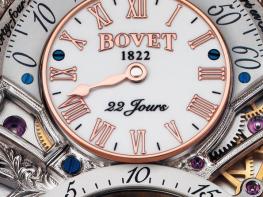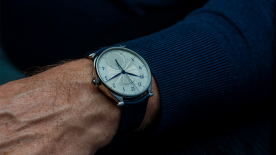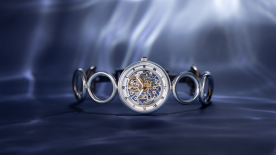As someone who hails from a land famous for its understatement, I was delighted by the quiet bombshell that Bovet dropped during the SIHH week. Despite four years of development work, there has been not a hint, not even the faintest of teasers, of what was about to be revealed. Even the press release and a personal presentation leave the watch to speak for itself, with not a single superlative to be seen or heard. For once, they would be justified.
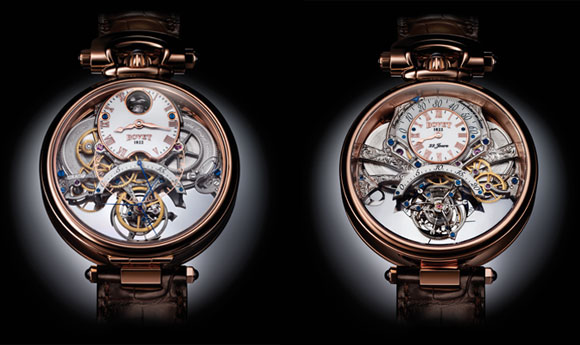
The Bovet Amadeo® Fleurier Braveheart® brings together all of Bovet’s areas of expertise, from the know-how of its Dimier 1738 production facility to the deft hand of its engravers in the idyllic Château de Môtiers. It is one of the rare cases where a single article almost seems an insult to the work that has gone into this masterpiece, so we have decided to split our review into two parts: one dedicated to the technical innovations of its movement; the other to everything that surrounds it.
Of fellies and ogives
So what are those six reasons to take a look at the Bovet Amadeo® Fleurier Braveheart®? Specifically they are the six patents that seal in the technological innovation inside this timepiece.
1) The Amadeo® convertible case system. Since this does not form part of the movement, we will come back to it in part two of this article.
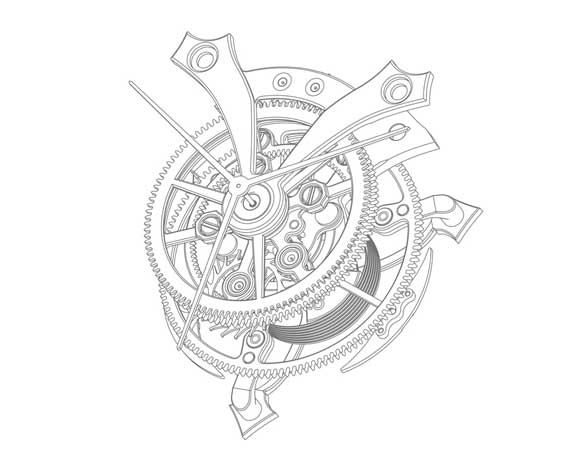
2) Patent no. 0169-DI-CH relates to Bovet’s double-coaxial seconds display mechanism, which is the cornerstone of the two-faced design of the house’s timepieces. In the case of the Bovet Amadeo® Fleurier Braveheart®(r), this has been included for the first time in a tourbillon escapement.

3) In its quest for perfection, Bovet has even filed a separate patent for the double-sided tourbillon, which is a flying tourbillon arrangement that is held in place at the centre of its axis, with the escapement and balance spring arranged either side of the fixation point.
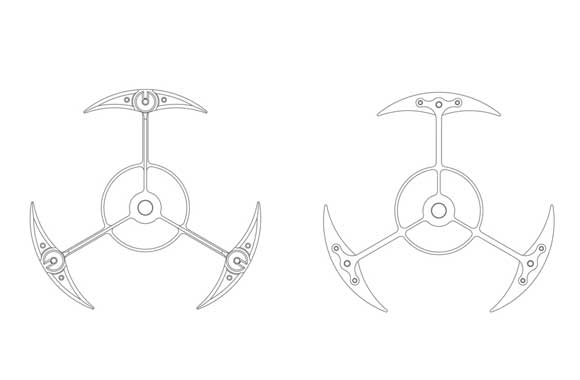
4) Bovet has opted for what it refers to as a “competition” balance for this piece. With an almost space-age appearance, the “felly” balance wheel is not a wheel at all but an assembly of three weighted segments attached to spokes. This configuration ensures optimum inertia and the ogive-shaped profile of the weights improves the aerodynamics of the balance. For the best possible isochronism, Bovet uses a cylindrical balance spring that has been drawn, rolled, wound and rated in-house.

5) This ultra high-performance calibre is geared towards the ultimate in precision, yet the emphasis has also been placed on reducing energy consumption as much as possible. As a result, and thanks to two huge barrels, each with a 104 centimetre-long mainspring, the Bovet Amadeo® Fleurier Braveheart® offers an unprecedented 22 days of power reserve. But this amazing achievement brought with it a new problem that led to the fifth patent in this masterpiece. Such long springs mean that the crown would have to be turned over 100 times to fully wind the watch using a conventional winding stem. Since Bovet felt that its owners should rightly be spending as much time as possible admiring the tourbillon floating in space, the technicians came up with a new spherical differential gear on the winding stem that cuts the number of crown rotations required in half. The watch can be fully wound after 55 turns of the crown. As a comparison, an ETA 2892 calibre, with a mere 42 hours of power reserve, is fully wound after 30 turns of the crown.
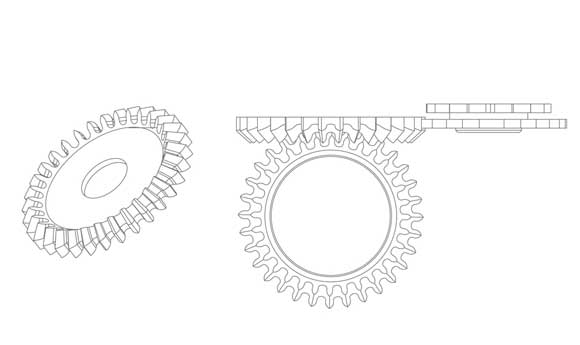
6) And from the fifth patent came the sixth, since for the spherical differential to work, a new form of three-dimensional toothing was required to allow multiple meshing. The aperture at 12 o’clock in the subdial on one side of the watch allows this complex winding mechanism to be viewed close up.
Bovet is coy about giving precision figures for the Amadeo® Fleurier Braveheart® but its movement is well within the tolerances for a chronometer. More significantly, however, is the fact that there is only a minimal loss in amplitude between horizontal and vertical positions, which offers a considerable advantage over conventional tourbillon watches.
So much for the inside. Find out why this remarkable timepiece is equally impressive on the outside in the next instalment of our review of the Bovet Amadeo® Fleurier Braveheart®.
